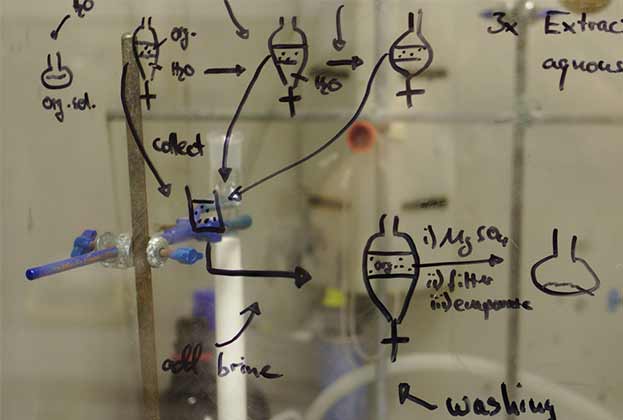Could the UK’s departure from the European Union create new life sciences hubs across Europe?
The EU (Withdrawal Agreement) Bill passed in December 2019 has removed the possibility of the UK extending the EU transition period past 2020, despite mounting concerns surrounding whether a trade deal can be agreed by the end of the year. Analysis from PwC shows that the UK was the beneficiary of 16% of Horizon 2020’s €80 billion research and innovation funding. We expect more EU funding to be available for the rest of the union post-2020 and new emerging hotspots to create new demand for prime laboratory space.

Examining venture capital investment across the rest of Europe, we have already witnessed more funding targeting the life sciences sector. A record €3.7 billion of venture capital funding into life sciences was raised for companies headquartered in Europe outside the UK during 2019, 23% above the previous record in 2018 and 79% above the level recorded in 2016 when the UK voted to leave the EU.
Ever since 2008, Germany (20%), France (17%) and Switzerland (16%), have received the highest proportion of life sciences venture capital (VC) investment activity across Europe. This indicates key hotspots for future demand of office space growth as many VC funded start-ups and growth companies require follow on space, usually 12–18 months after initial funding has been secured.
Indeed, the European Commission’s EU Industrial R&D Investment scoreboard tracks the 2,500 companies investing the largest sums into research and development (R&D) across the world. EU headquartered companies invested a total of €40bn into Pharmaceutical and Biotech R&D in 2017/18, comprising 27% of the total – only US companies invested more. Sanofi (€5.5bn, France) and Bayer (€5.2bn, Germany) were among the largest contributors. Swiss companies, however, invested €16.7bn during the same period, more than any other European country, boosted by Roche (€8.9bn) and Novartis (€7.3bn).
One of the vital ingredients for a successful life sciences environment is a collaborative working relationship between universities, governments and companies. This makes the clustering of businesses in the life sciences sector so important to both startups and multinationals, in order to gain access to the best university talent, state-of-the-art infrastructure and industry knowledge.
Although Cambridge and Oxford universities ranked first and third respectively for life sciences study in the Times Higher Education rankings 2020, ETH Zurich, Switzerland rose to 11th and Wageningen University in the Netherlands also rose into the top 20 this year. Sweden’s Karolinska Institute, Stockholm ranks 25th in the sector, and the Hagastaden development is designed to host a new university hospital and cancer therapy clinic with €6.5 billion of investment. Currently, 50% of the region’s life science companies are within a seven km radius of Hagastaden.
However, a study commissioned by Sanofi in 2015 shows that the current challenges facing the sector in Europe include a lack of tax incentives for companies investing in R&D in Switzerland, a lack of venture capital in Berlin and Munich and a need for organisational simplification in Paris. Introducing further tax breaks to companies’ in-house R&D, approving clinical trials and investing further in university research to develop talent will be the key to driving Europe’s life sciences growth.
Read the articles within Spotlight: Life Sciences – Trends & Outlook below.
.jpg)




